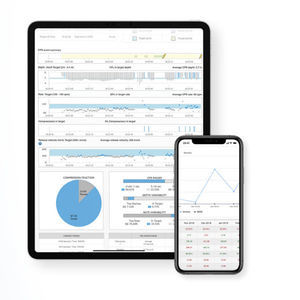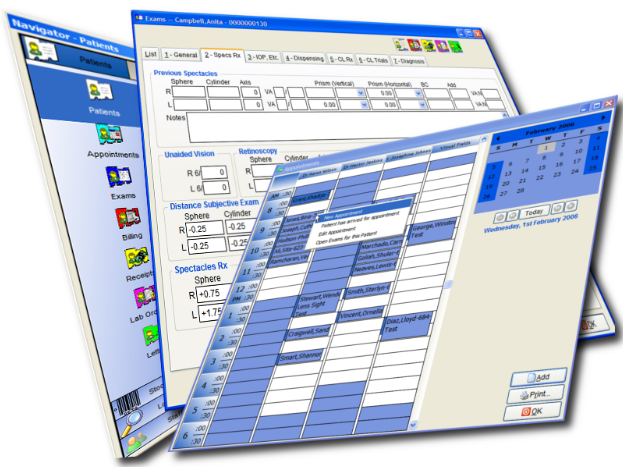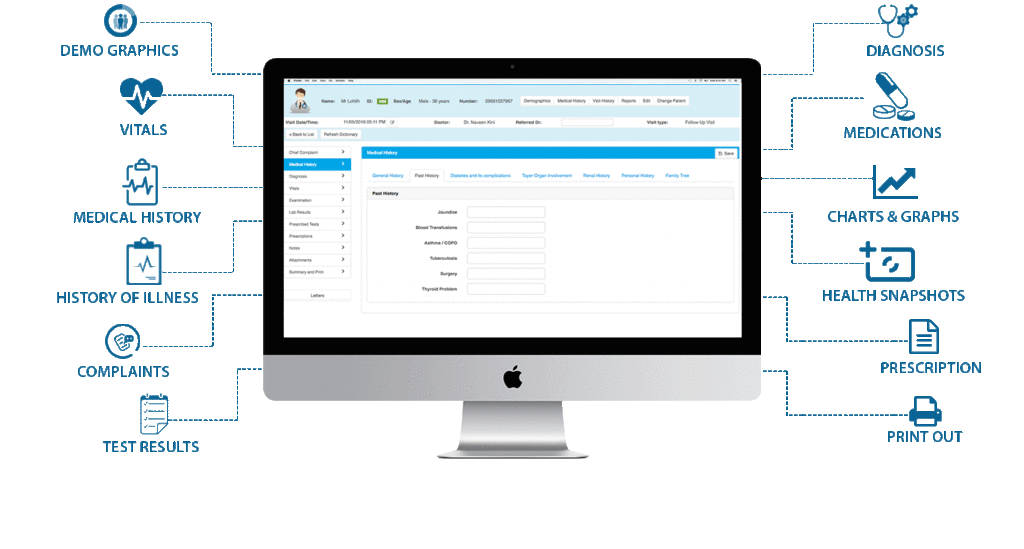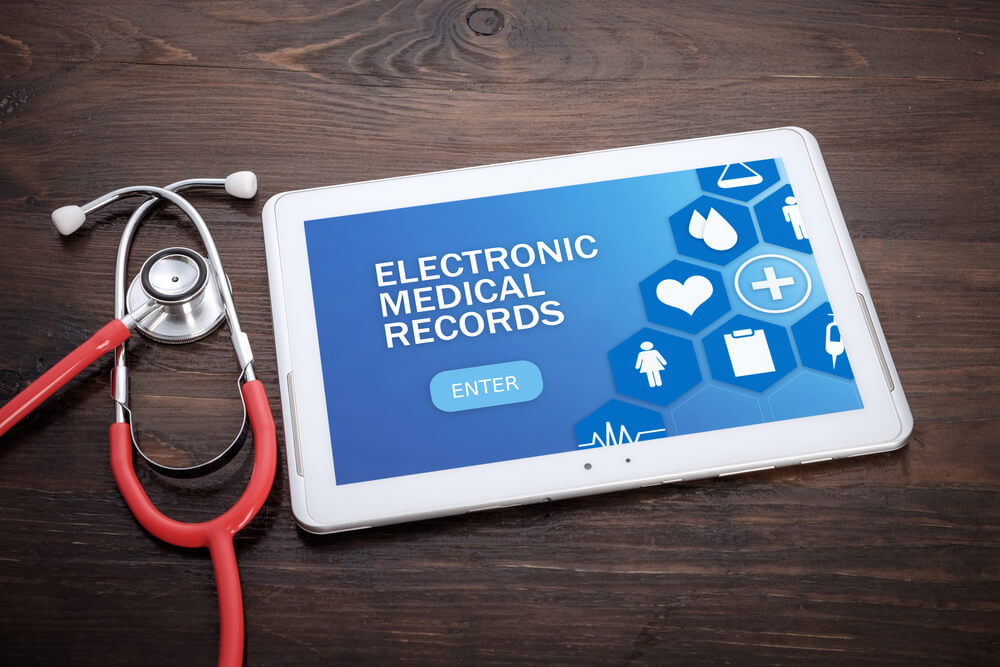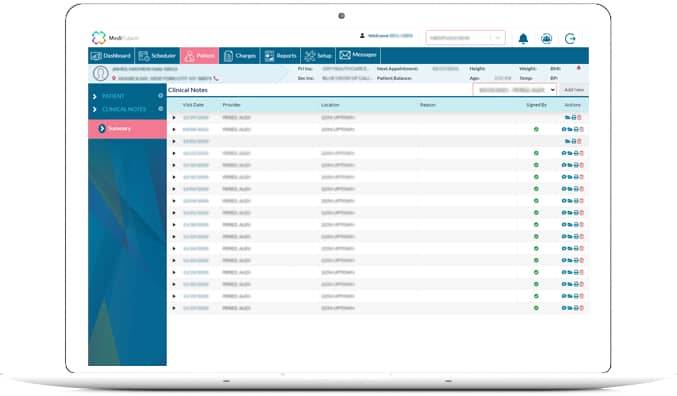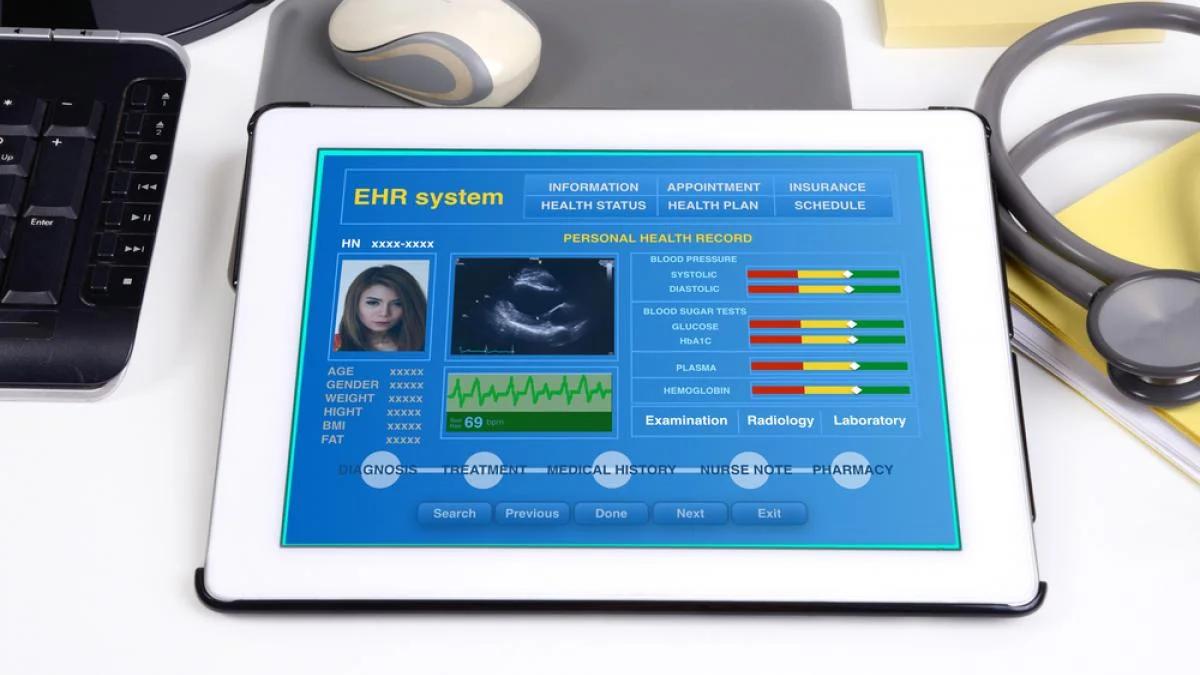Description
Electronic Medical Record (EMR) systems represent a significant advancement in the way healthcare providers manage patient information. Gone are the days of cumbersome paper charts and handwritten notes; EMRs facilitate the digital storage and retrieval of patient records, making it easier for healthcare professionals to access critical information at the point of care. These systems allow for the seamless sharing of data among various healthcare providers, ensuring that critical patient information is readily available, reducing the risk of errors and improving the overall quality of care.
One of the primary benefits of EMR systems is their ability to enhance clinical decision-making. With integrated tools for prescribing medication, ordering tests, and tracking patient progress, physicians can make informed treatment decisions based on comprehensive, up-to-date patient information. Moreover, EMRs can alert healthcare professionals to potential drug interactions, allergies, or other contraindications, thereby promoting patient safety. The availability of analytics tools within EMR systems also empowers healthcare organizations to track outcomes and identify trends, ultimately facilitating improvements in practice and patient care.
Despite these advantages, the adoption of EMR systems is not without challenges. Many healthcare organizations face issues such as high implementation costs, training requirements for staff, and concerns about data privacy and security. Additionally, the transition from paper to electronic records can be daunting for some healthcare providers, who may be accustomed to traditional methods of documentation. Nevertheless, as technology continues to evolve and regulatory pressures to adopt electronic systems increase, the benefits of EMR systems will likely outweigh the challenges, driving further innovation in patient care and healthcare management.
